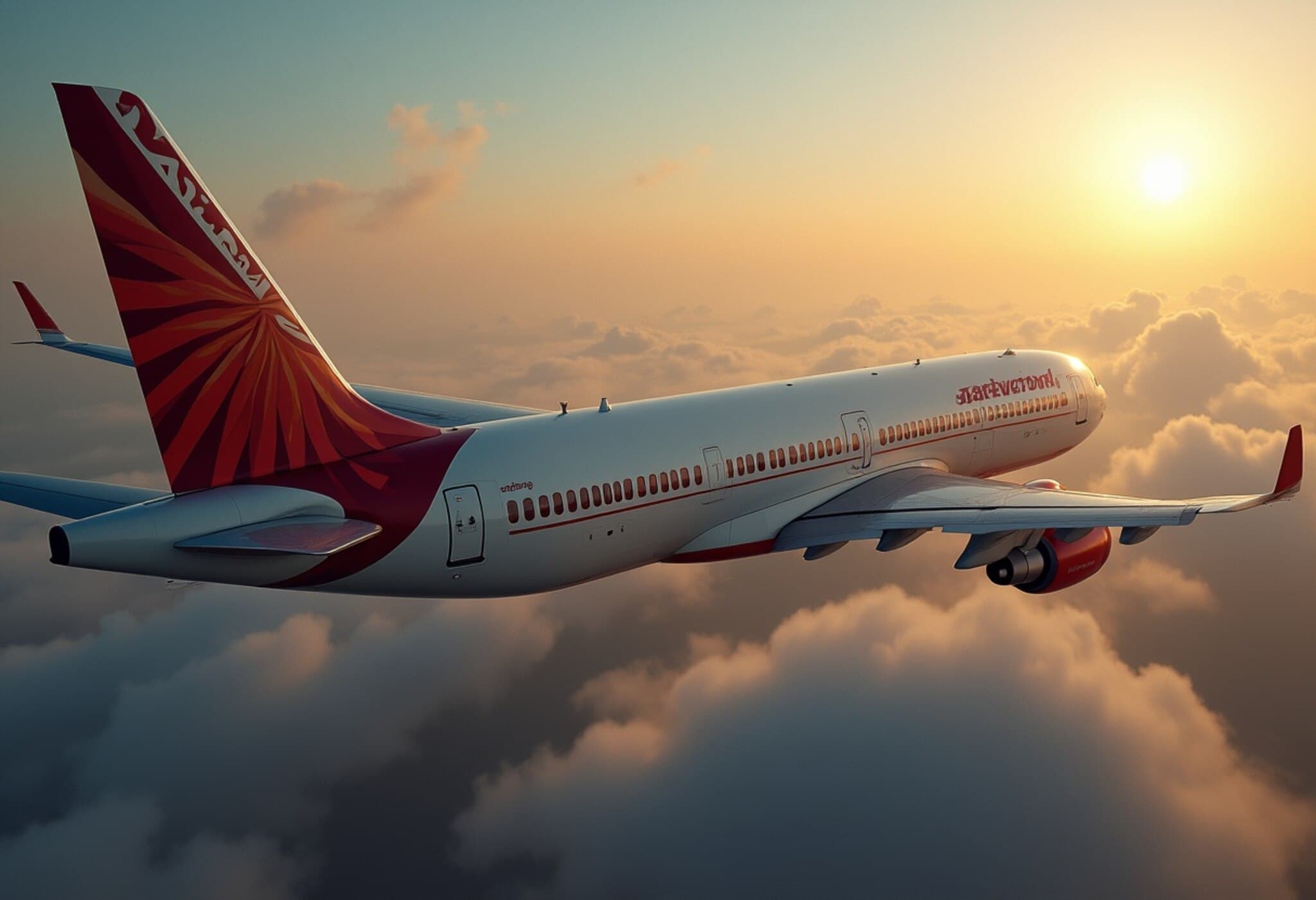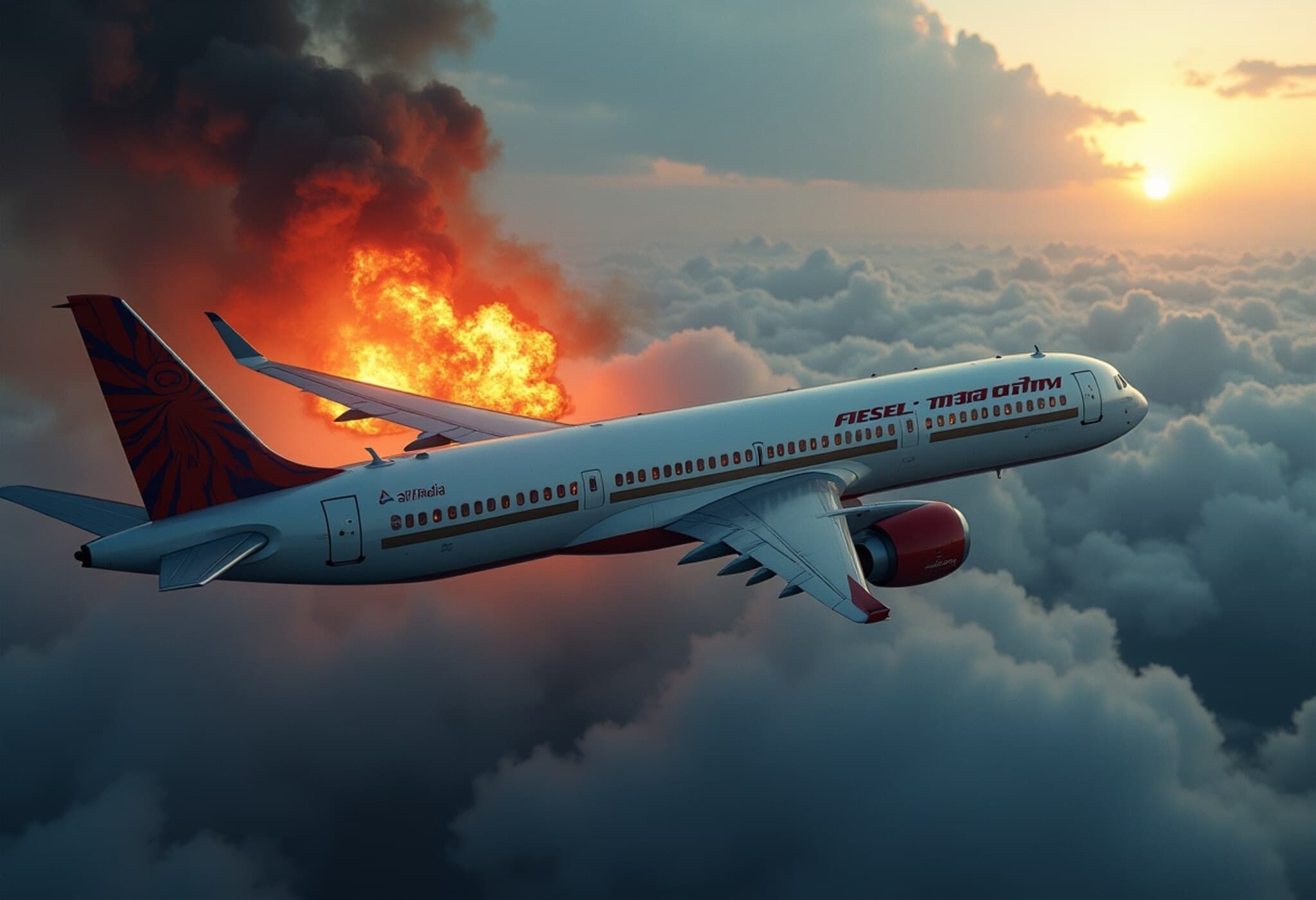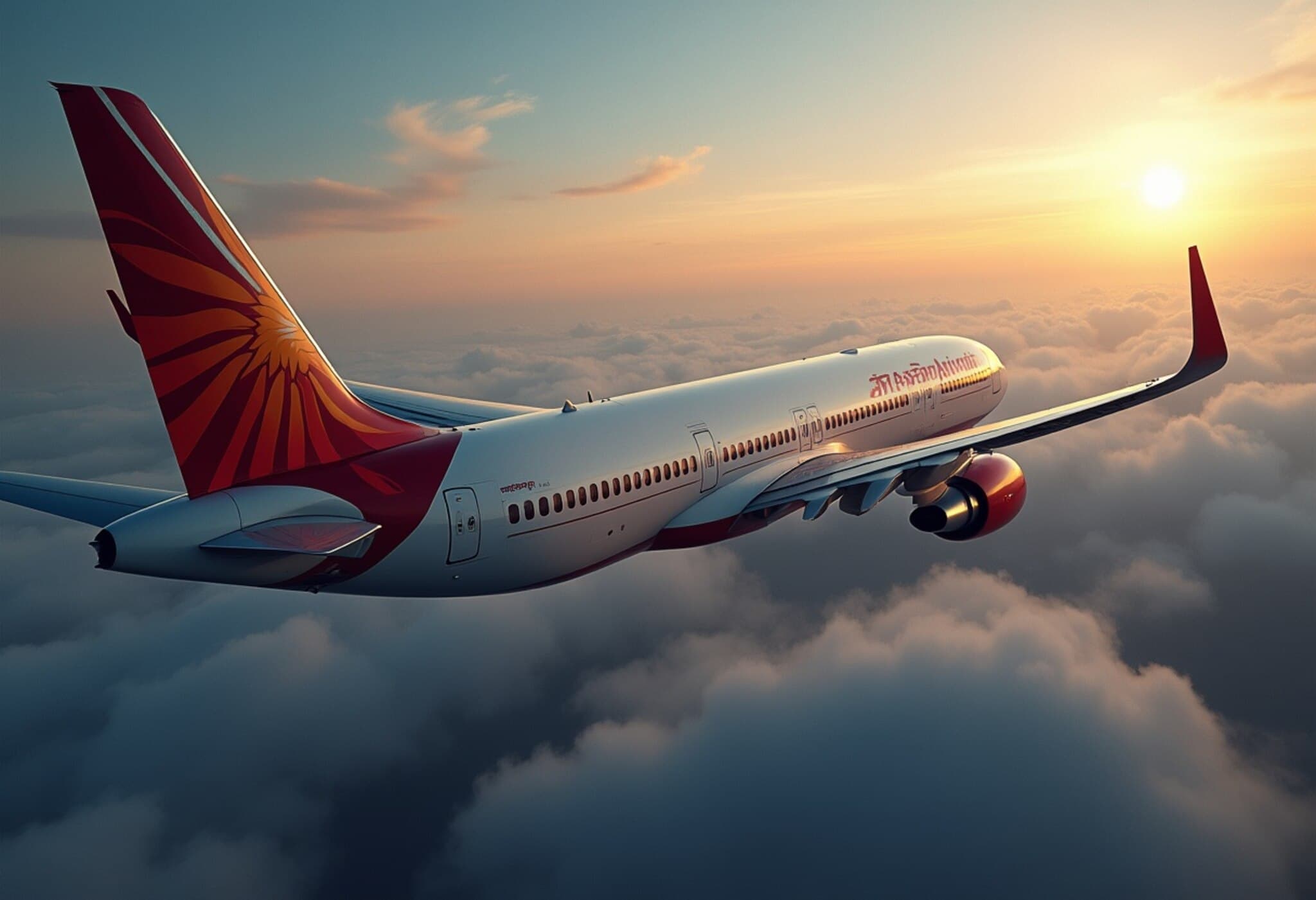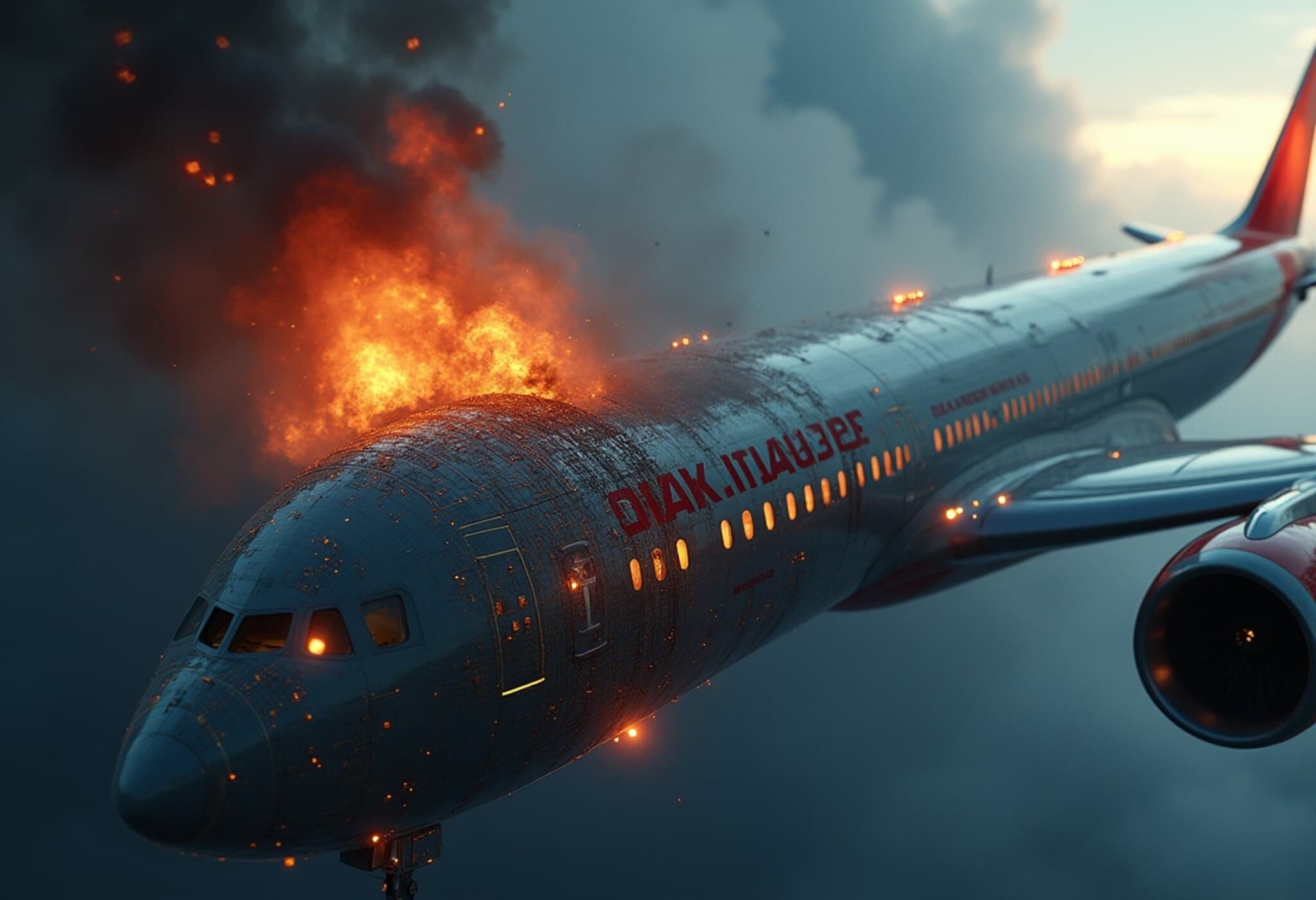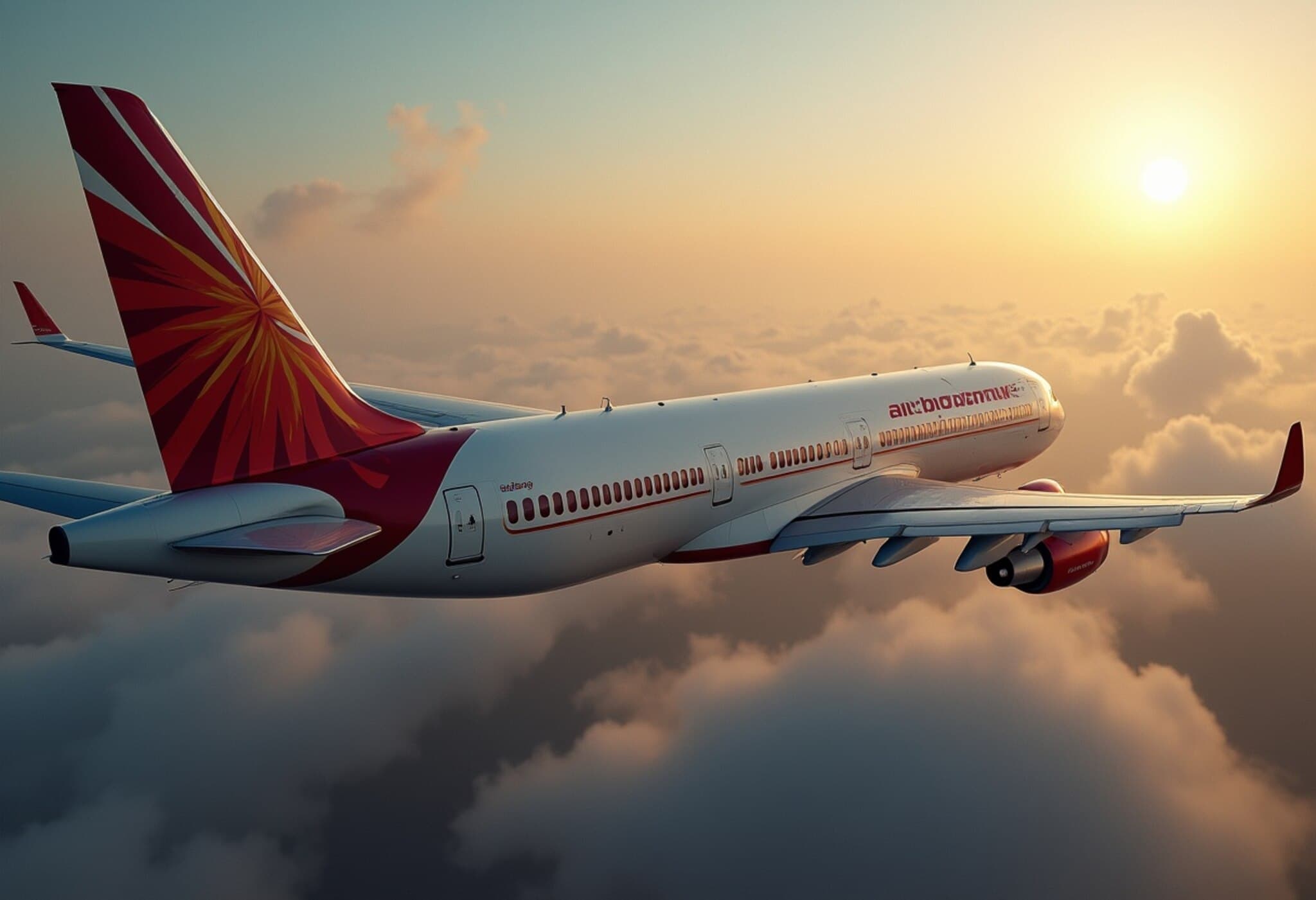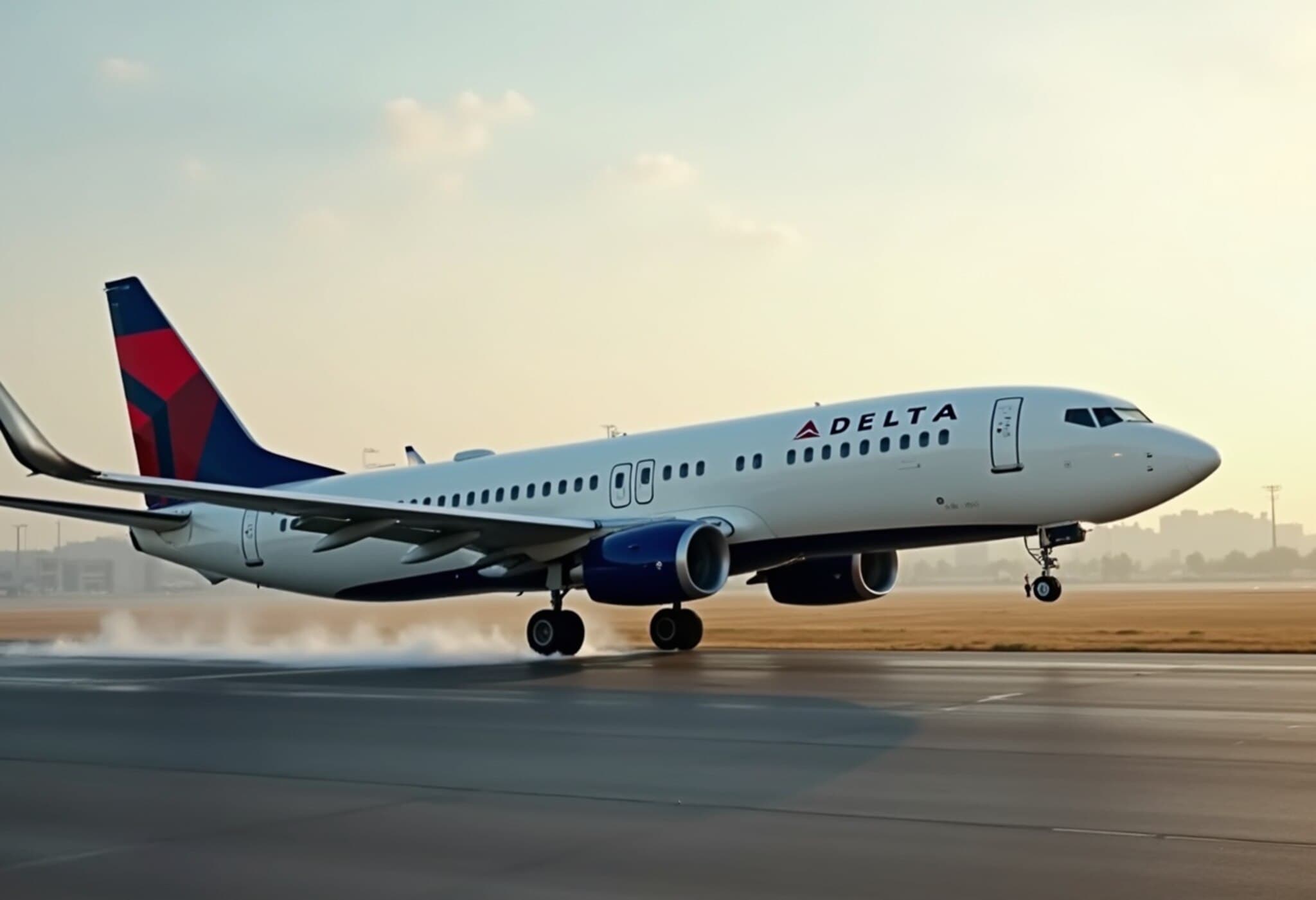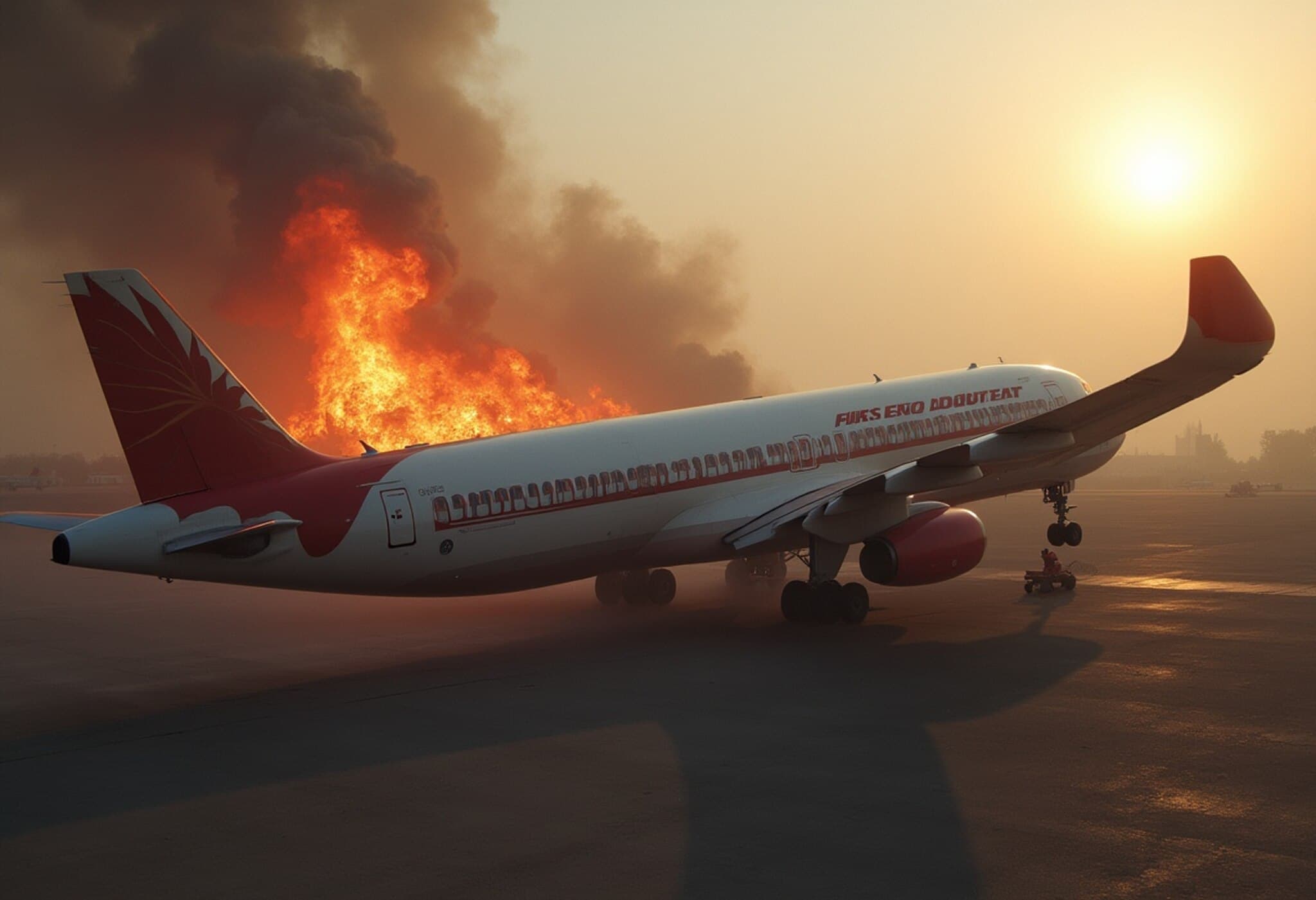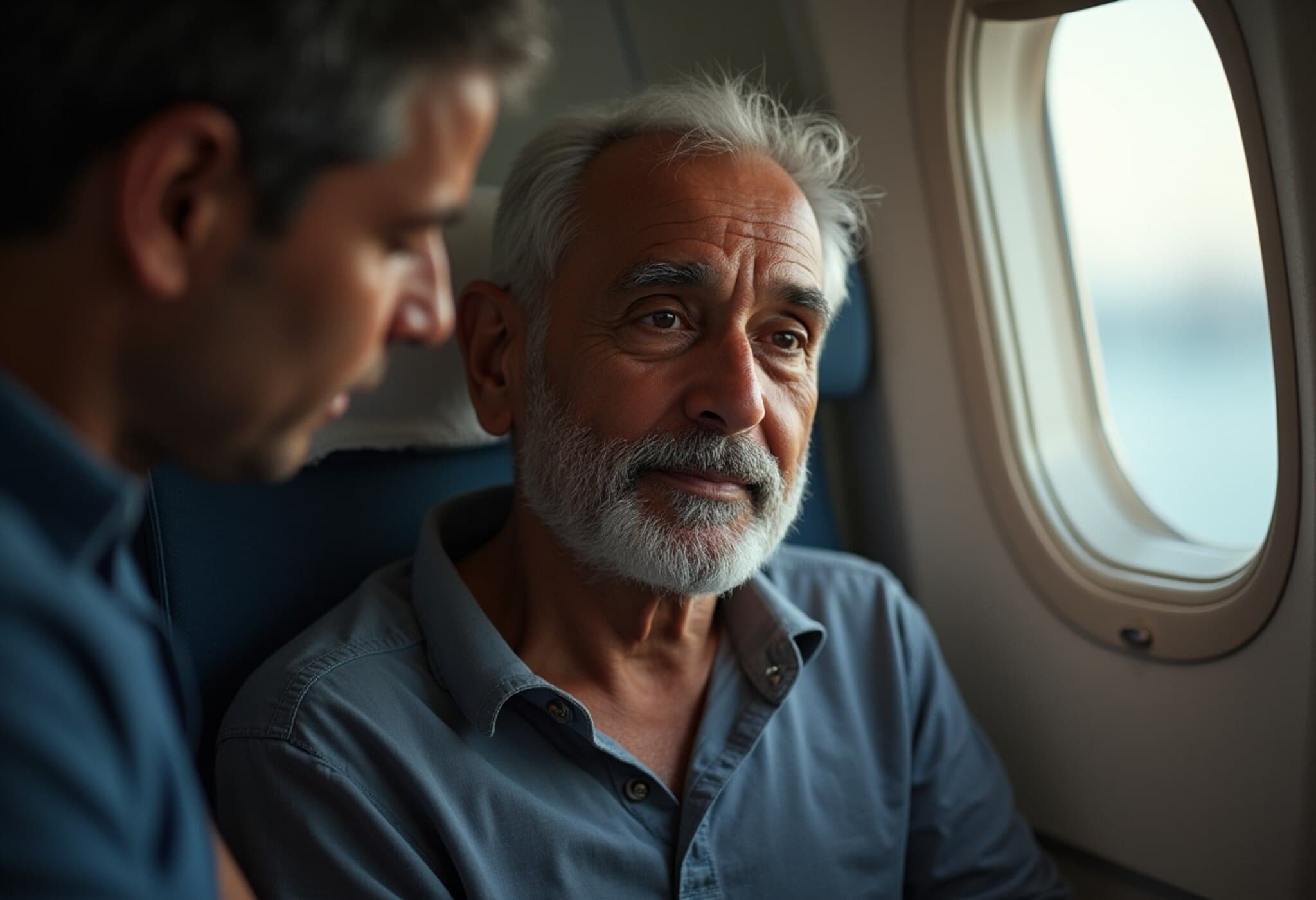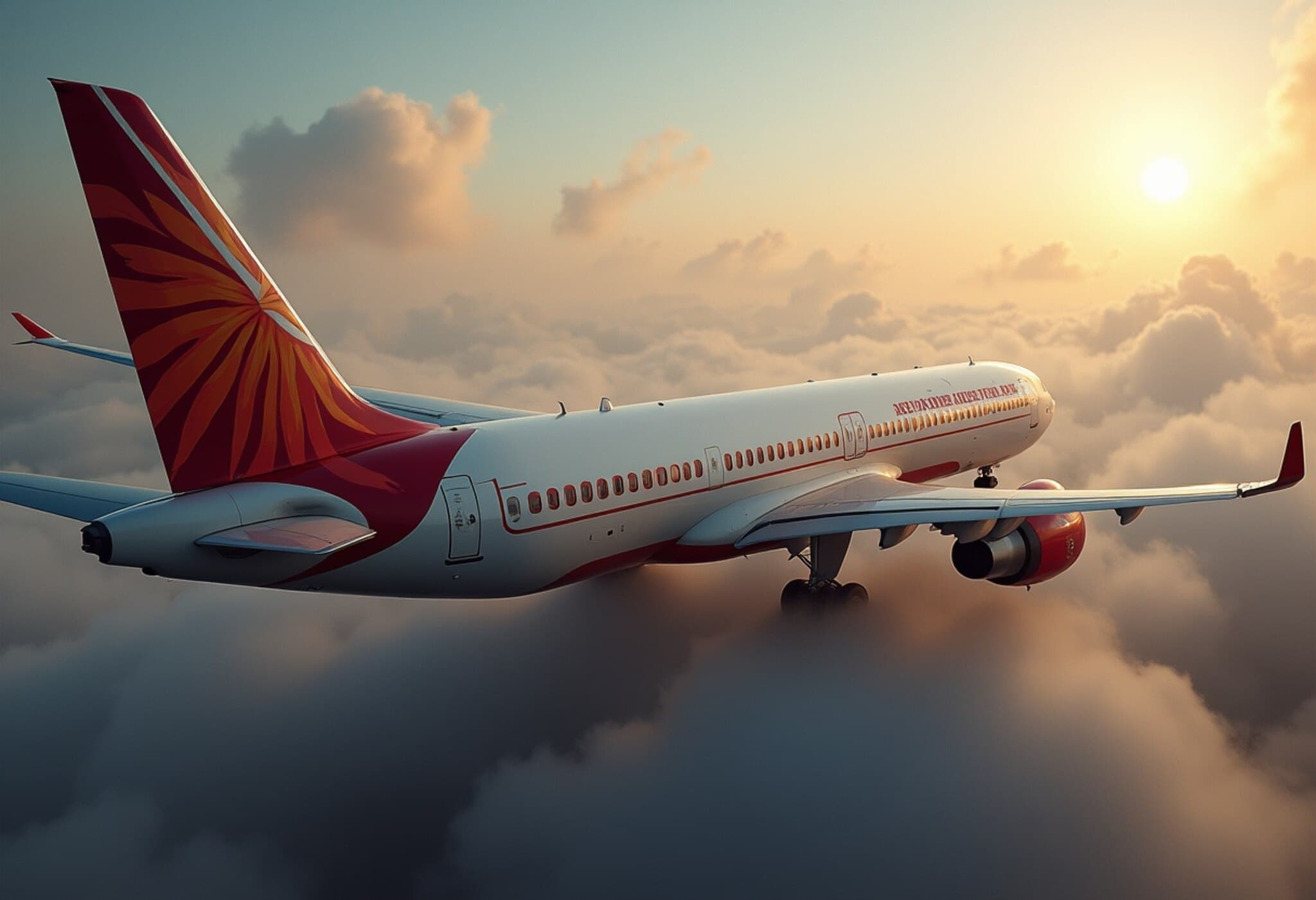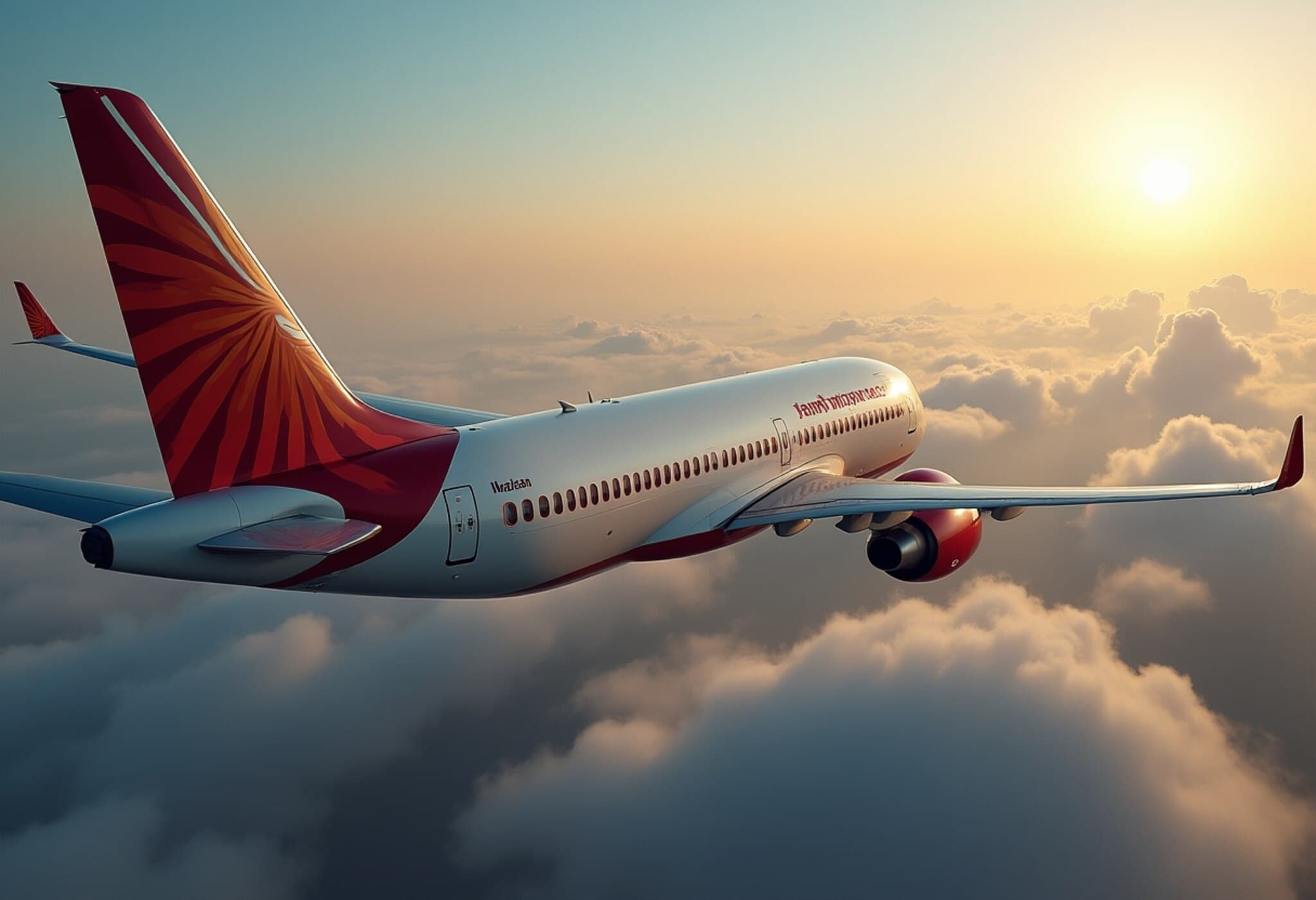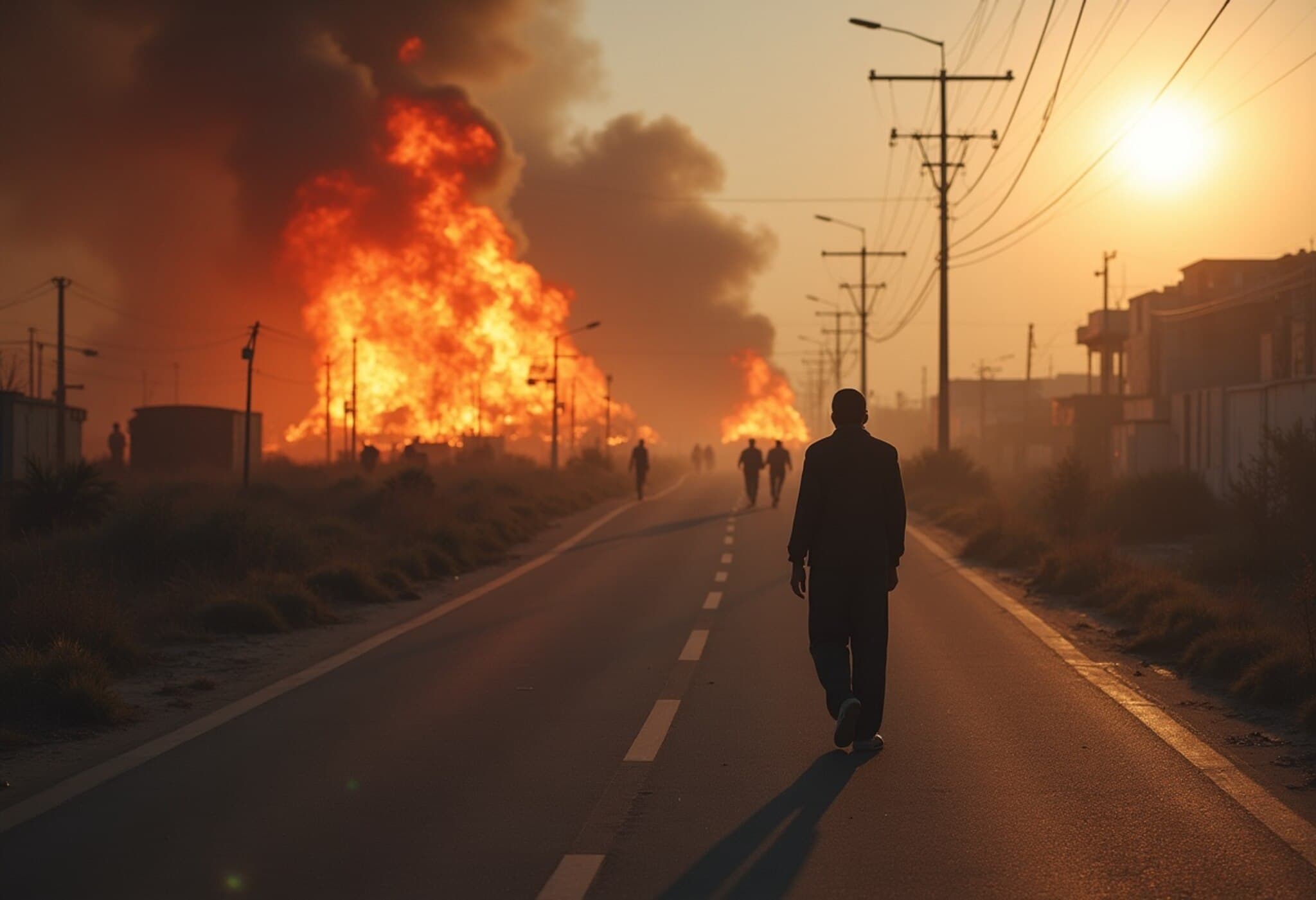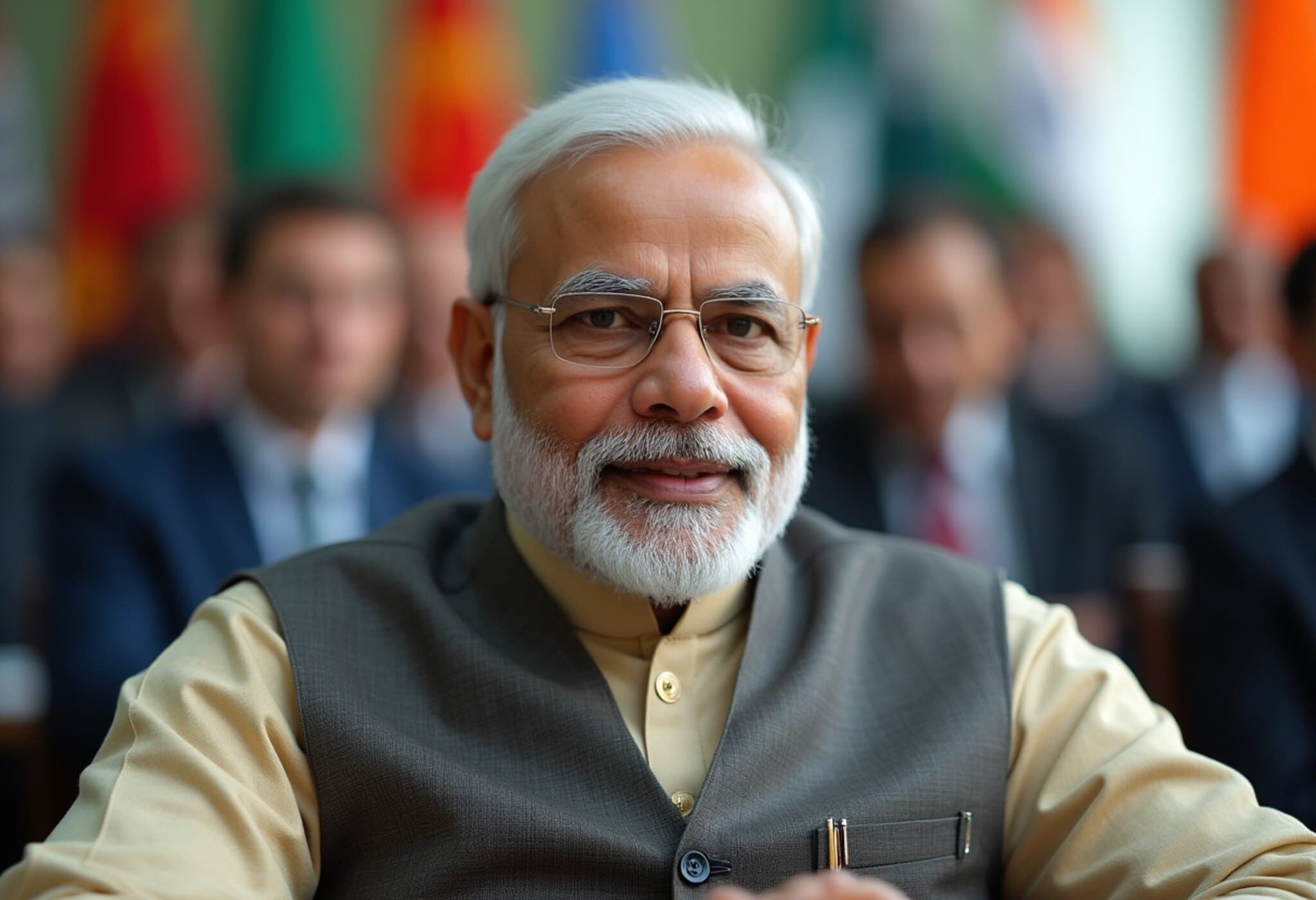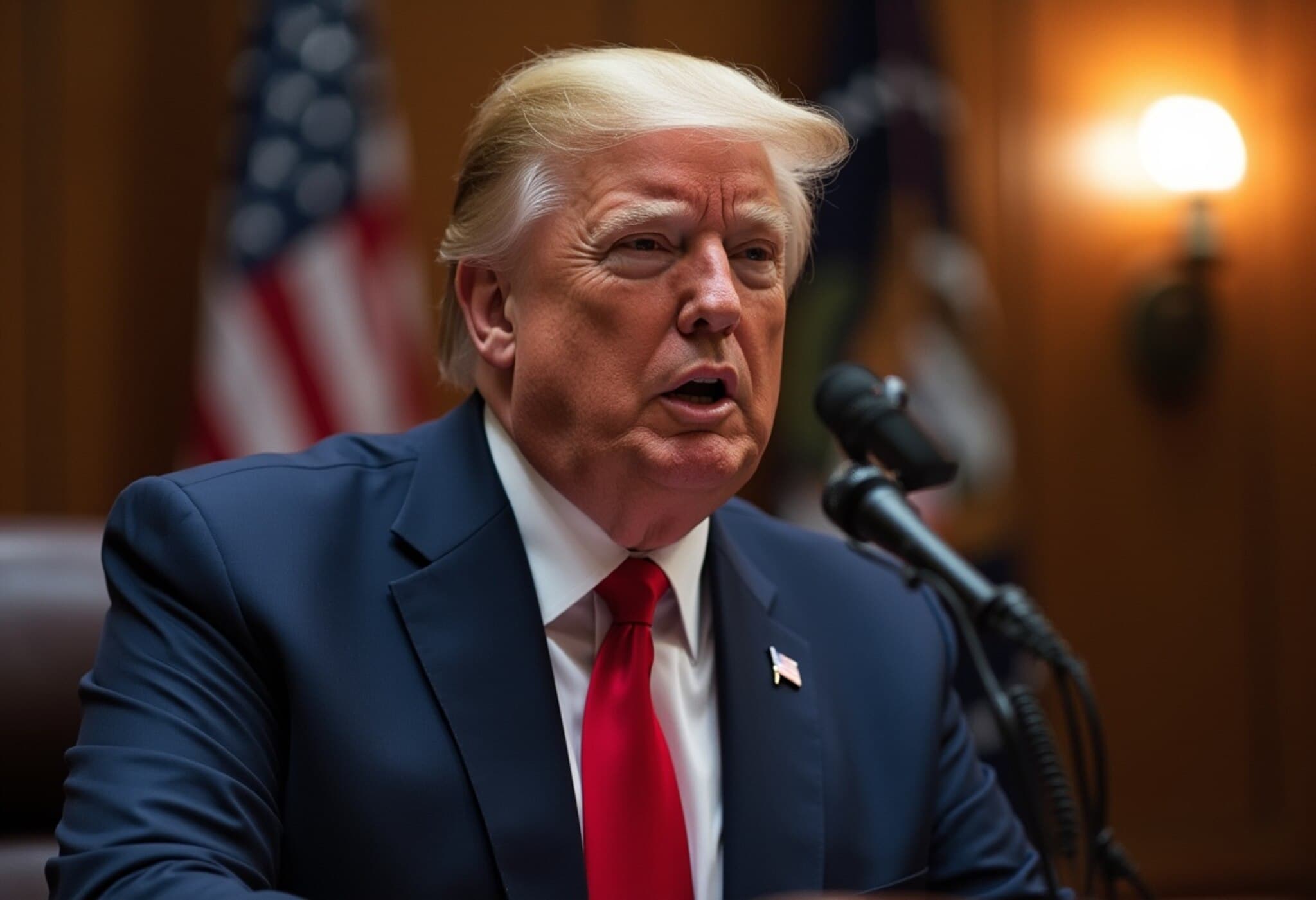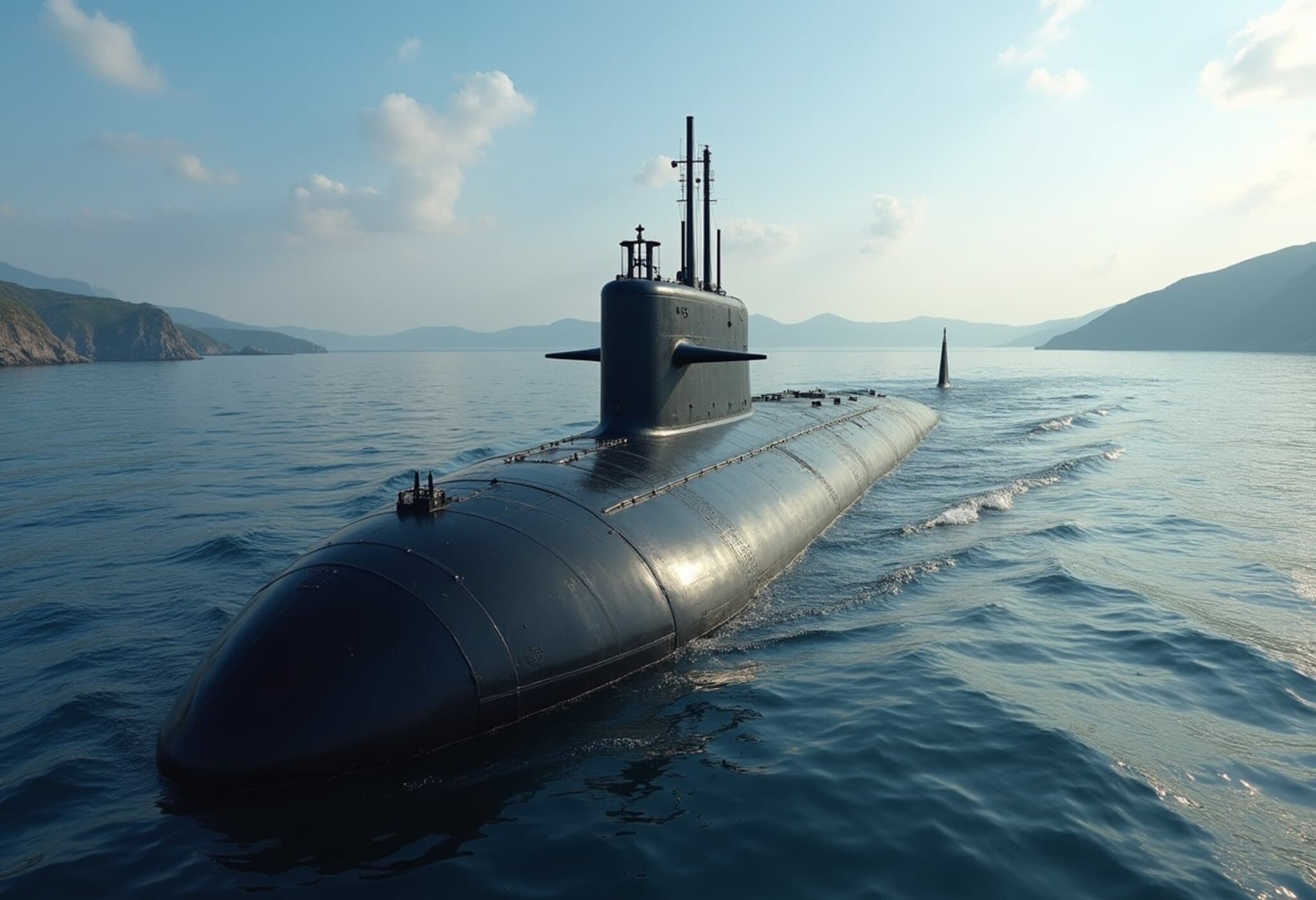Families of Air India Crash Victims Challenge Official Report
In the wake of the tragic Air India Flight 171 crash off Ahmedabad last month, claiming 260 lives, grief-stricken relatives are increasingly vocal, disputing the initial investigation report released by authorities. They vehemently reject conclusions pointing to pilot error and accuse the airline and the Indian government of a deliberate cover-up, seeking to shield systemic failures behind the disaster.
Key Findings in Investigation and Family Responses
The preliminary report, issued on July 12, revealed that fuel supply switches to the plane's two engines were allegedly turned off during takeoff, causing a devastating loss of thrust. Crucial cockpit voice recordings reportedly captured one pilot questioning the other about this action, with a denial in response.
However, families of the victims dismiss these findings as incomplete and misleading. Ameen Siddiqui, whose brother-in-law perished alongside his wife and child, expressed deep distrust: "They want to blame dead pilots who can't defend themselves. How does such a critical mistake happen—either from human error or mechanical failure—without answers?" Siddiqui further called out Air India and the government for allowing allegedly unfit pilots to operate flights, highlighting Air India's previous state ownership.
Calls for Greater Accountability and Transparency
The families are not only seeking justice over loss but also demanding greater transparency around the investigation process. They have emphasized the need for:
- Independent and international experts to review full cockpit voice recordings publicly
- Accelerated data sharing from black boxes, which has reportedly faced delays despite involvement from U.S. National Transportation Safety Board officials
- Comprehensive explanations addressing mechanical maintenance concerns and operational protocols
Sameer Rafik, whose cousin died in the crash, questioned the plausibility of pilot negligence, referencing their extensive flight experience – over 8,300 and 3,100 hours for the captain and co-pilot respectively – highlighting the need for a thorough and transparent probe.
Contextualizing the Crisis: Aviation Safety, Government Responsibility, and Public Trust
This disaster has laid bare complex layers of aviation safety practices, government oversight, and public confidence. India’s aviation sector, amid rapid growth, must reconcile expanding demands with rigorous safety compliance. The allegations of inadequate aircraft maintenance and governmental inertia spotlights systemic vulnerabilities within Air India, historically burdened with management challenges.
Moreover, culturally, the families' insistence on uncovering truth resonates deeply within Indian society's value on honor and justice—especially for those who have lost loved ones under tragic, unclear circumstances.
International Observers and the Path Forward
The black box analysis is jointly managed by Indian and American authorities, but reports of delays have frustrated U.S. officials familiar with swift accident investigations elsewhere. The tension underscores the need for an impartial, efficient, and comprehensive investigation to restore trust both domestically and internationally.
What Lies Ahead: Legal and Ethical Questions
Families have already indicated intentions to pursue legal action against Air India, rejecting official compensation offers and demanding accountability. This raises essential questions about corporate responsibility and government regulatory oversight in aviation — critical themes in U.S. and global policy debates.
Further investigation and transparent reporting are imperative not only for delivering justice to victims but also for driving improvements to prevent future tragedies. The narrative unfolding reveals a broader struggle of balancing state and corporate interests against public safety and grief.
Editor’s Note
The Air India crash investigation exposes an often overlooked reality: official accident reports can become battlegrounds between grieving families, governments, and corporations. While technical data drives conclusions, the human element—the pain, trust, and demand for accountability—remains paramount. Readers should watch for updates on independent investigations, judicial proceedings, and reforms prompted by this disaster. Ultimately, the search for truth in aviation safety reflects deeper societal commitments to transparency and justice.

